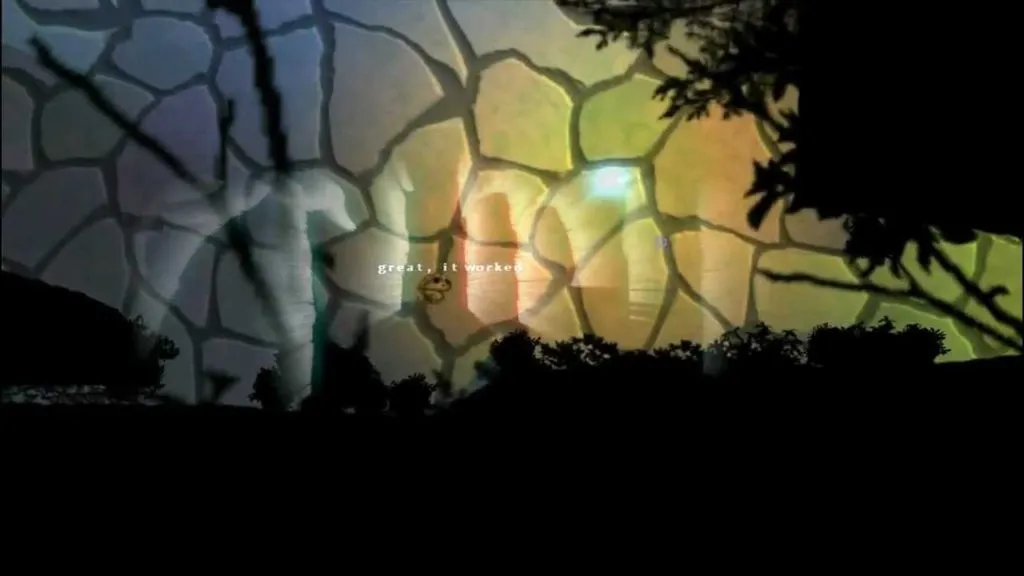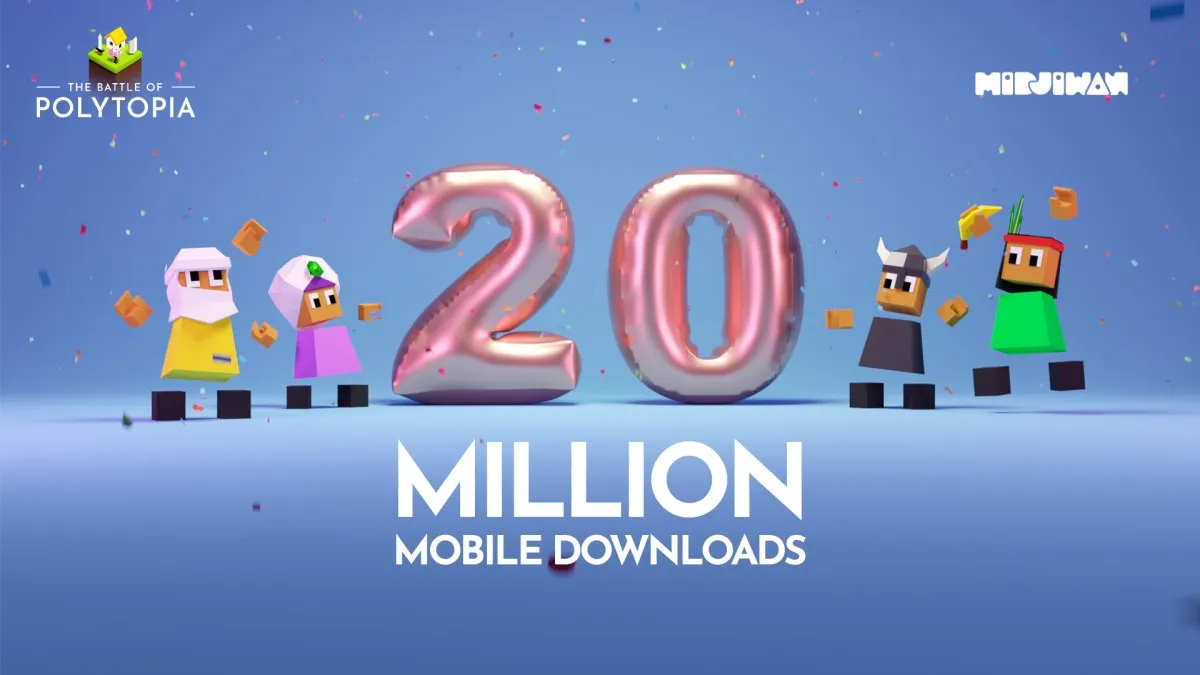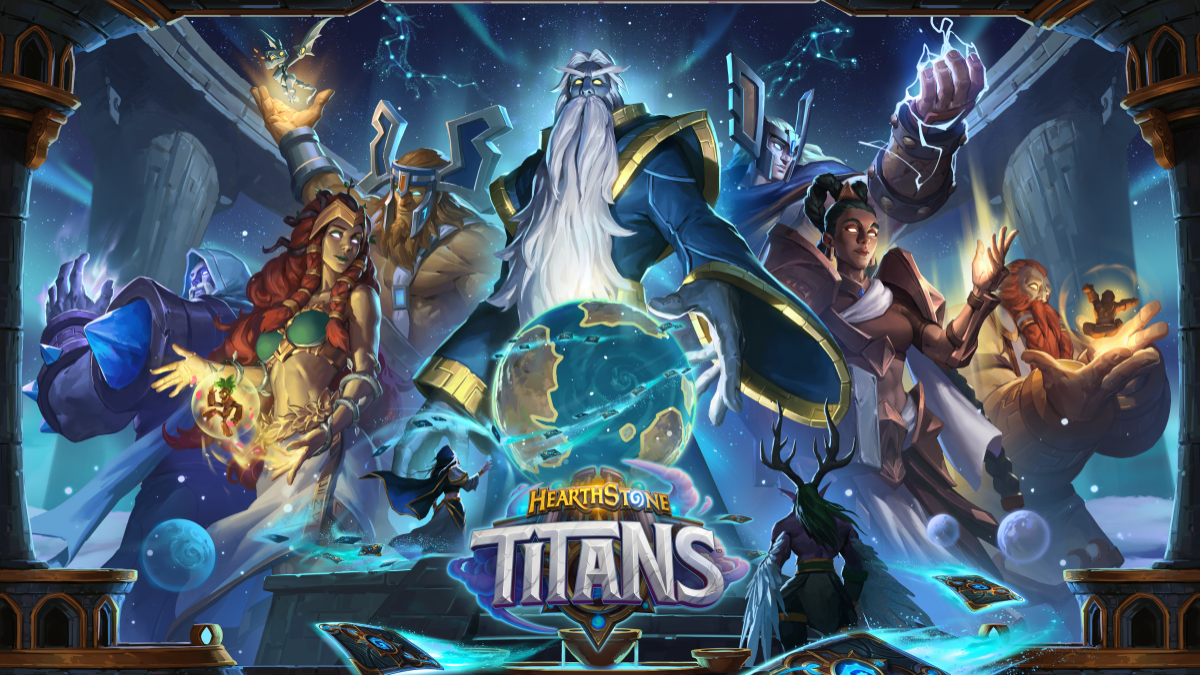We all know about big-budget development. We’ve got no choice, the publishers and studios working on the most expensive games do their best to make sure we’re bombarded into apathy by their info/asset/press release machines.
So, today we thought we’d take a step back and concentrate on a game and a developer that couldn’t be more different. Pawel Mogila is an indie-developer working on PC horror-platformer Grimind. Pawel works on the game by himself and is trying to do so on “zero budget” – building every element himself, or accepting free work submitted by his friends.
Watch the following trailer, grab yourself a cup of tea and relax into our interview.
IncGamers: You’ve chosen to release on PC, Mac and Linux. As an indie developer, is it realistic to aim at the 360 and/or PS3 also?
Pawel Mogila: I have no experience with programming/porting on Xbox 360 or PlayStation 3. It would be possible to do, but first I would like to develop Grimind on PC, Mac and Linux, which I think will be fairly easy.
This is because I use only cross-platform libraries. For drawing I use OpenGL not DirectX, GLFW for creating window context, Bullet Physics is also multiplatform etc. With PS3/Xbox there could be also an issue with controlling the main character, Grimind has quite complex controls that are similar to those of first person shooters; you need to use the keyboard and mouse in the same time.
IG: What do you think of the state of games in general? Grimind looks to have a fairly unique visual style, for example, whereas other bigger budget games tend to look similar.
PM: Generally, I stopped to play mainstream games about 3 years ago. This was also the time I started to create the first foundations for Grimind. Of course, in those days I wasn’t thinking actually about a game, but about creating a program that could render a world, play sound effects and background music and calculate the trajectory of objects.
In other words, I was creating my own custom game engine.
This could be reason why games look so similar – they use common game engines like UDK and CryEngine. I’m not saying that’s a bad thing, it’s good if you want to create a new game quickly and easily. But you must take into account that there is a big chance that your game will look just like thousand others and lack a ‘soul’.
IG: David Cage, director of Heavy Rain and Beyond, recently told us that it’s the indie game space providing most of the innovation at the moment. Would you agree with that and why?
PM: Totally agree. Big budget games are mainly focused on making everything nicer. They try to outdo one another by creating beautiful assets, great sounds and graphical effects… but unfortunately most of them forget about the gameplay, playability and enjoyment factor.
IG: Which other developers and games do you look up to as idols/mentors/heroes?
PM: I love Amnesia: The Dark Descent and the Penumbra series from Frictional Games. Those games are some of the few I’ve enjoyed recently and are part of my inspiration for making Grimind.
I fell in love with the physics in Amnesia (e.g. grabbing, dragging, throwing objects) and I was wondering if this could be done in a 2D game. I think I managed to implement those kinds of things correctly.
I’ve also got sentimental feelings towards old games from my childhood, such as Barbarian, Titus The Fox and the original Prince of Persia. They are really cool games and the most important thing about them it that they are really difficult compared to today’s games.
Grimind will be challenging.
IG: Like Journey, Grimind seems to be able to convey a strong sense of the world and its characters without having a stand-out story. Was that your plan and is it essential that all games have some sort of narrative element?
PM: In fact, there is a story behind Grimind. While playing, the character is talking, telling the player what he’s feel, if he’s scared, or what he is thinks about the current situation. Grimind is certainly a narrative game.
That’s not essential, but I wanted to give players the feeling that the main character isn’t just some animation, it also has emotions. Narrative elements also help with solving puzzles, in terms of pointing out hints (but not too much).
IG: How are you funding this project and how much is it costing?
PM: It’s totally zero budget. I’m working on Grimind alone with a little help and gifts from my friends (big thanks to friends). My engine uses freeware and open-source libraries, so I don’t need to buy any licenses.
All graphics and sounds are public domain, free licenses, gifts from friends or made by myself. For example, the scrolling branches in the background are from images of garden trees I took looking out of my own home window.
IG: Where did the inspiration for the game come from?
PM: I always liked scary, horror movies. And, as I told you before, Frictional’s Amnesia.
IG: How long has is taken you make and how difficult has it been to do all the different elements yourself?
PM: I started making my engine (called Szamanengine) more than 3 years ago. The first steps eren’t as easy as I’d predicted.
I thought I would be able to program it right away, but when I began doing so I realised I had a lot more to learn. When I got my engine in working order I then started to create the world editor that allows me to create various in-game elements with graphical form; such as platforms, movable objects, light sources, creepy bushes, enemies and so on.
After getting all the I tools I needed, it was time to actually make the game. After 3 years of creating the engine and editor I started to develop Grimind. I’ve been working on Grimind for about four months and I think it’s going to take another three or four to complete it.
IG: Finally, there are quite a few indie platformers out there. What makes Grimind a game that people should play?
PM: First of all the atmosphere which is dark and creepy and I haven’t seen many 2D horror platform games before. Okay… there’s Limbo and Lone Survivor, but they are not really scary because the game speed is so slow. Grimind features dynamic gameplay combined with a frightening experience.
Secondly, the physics provide you the possibility to do whatever you want. Every single dynamic object can be dragged, carried or towed which gives you enormous freedom.
Also, Grimind isn’t an easy game, so you can forget about just holding one key and passing through the levels. Besides dexterity and input skills, there are also a large number of logic puzzles to solve. Your brain will be tested and you’ll not get bored.







